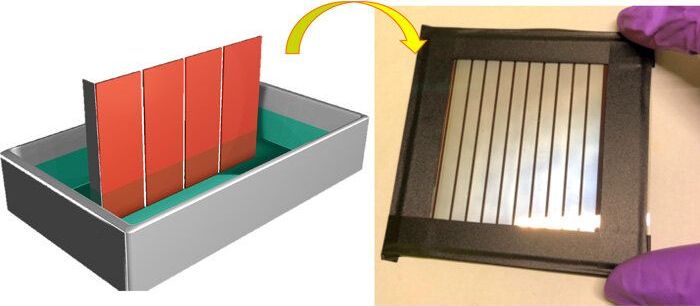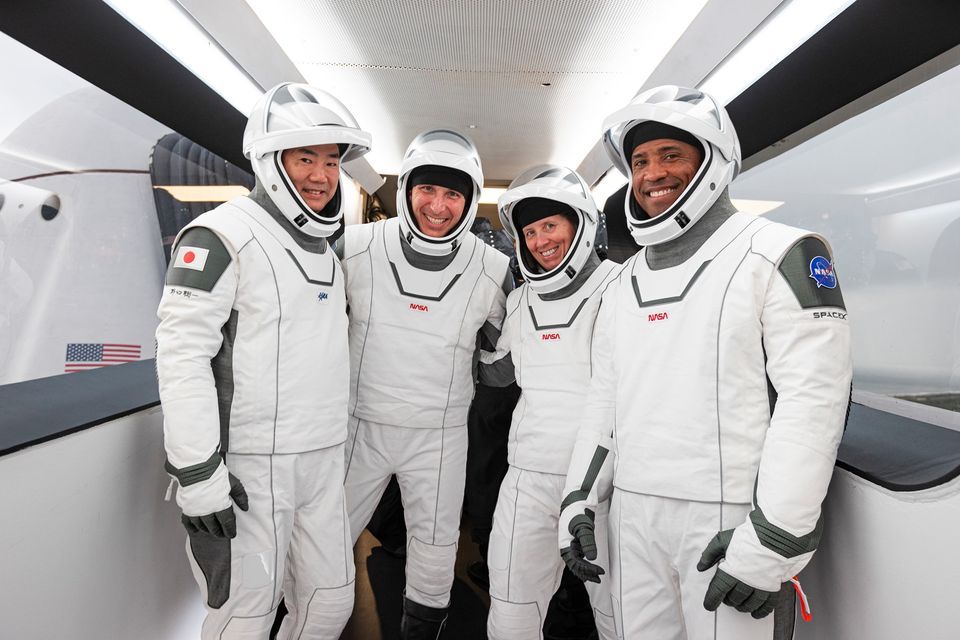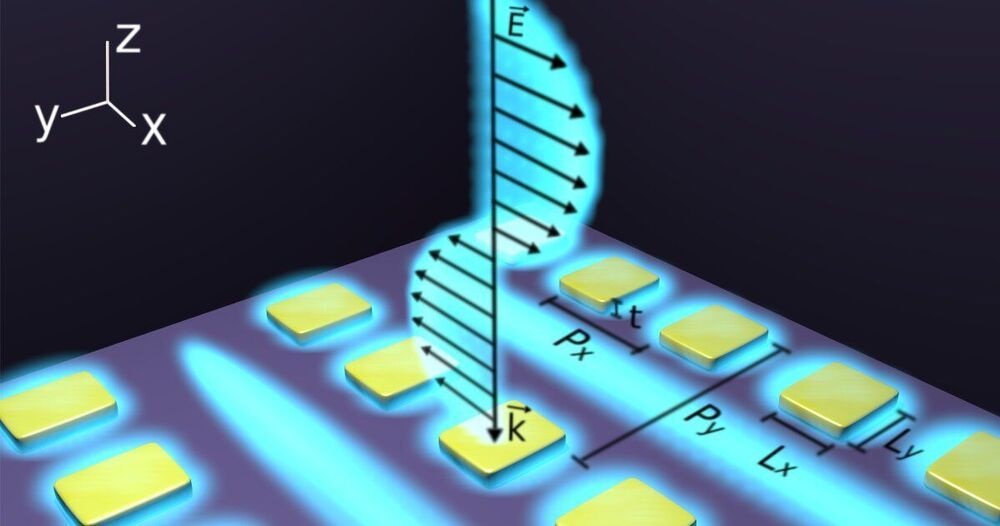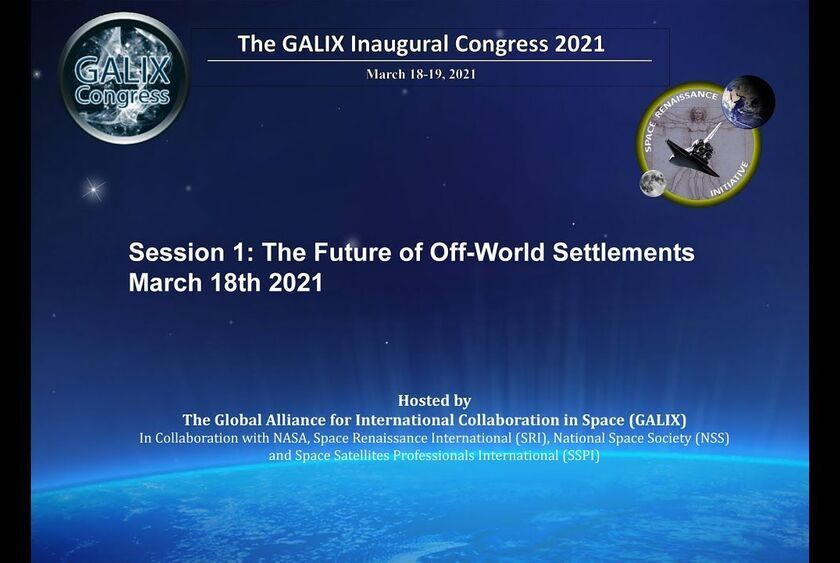Mar 18, 2021
German scientist says 99.9% chance coronavirus leaked from Wuhan lab
Posted by Brent Ellman in categories: biotech/medical, health
Wiesendanger points out that unlike SARS and MERS, no intermediate host between bats and humans has been found more than a year since the start of the pandemic. Thus far, there is no evidence for the zoonotic theory to explain the outbreak.
Indeed, during the joint China-WHO report issued on Feb. 9, Liang Wannian, head of the Chinese National Health Commission’s Expert Panel of COVID-19 Response, stated that 50000 samples of wild animals from 300 different species (including bats) as well as 11000 farm animals in 31 Chinese provinces — taken between November 2019 and March 2020 — had all tested negative for SARS-CoV-2, the virus which causes COVID-19.
Continue reading “German scientist says 99.9% chance coronavirus leaked from Wuhan lab” »


















